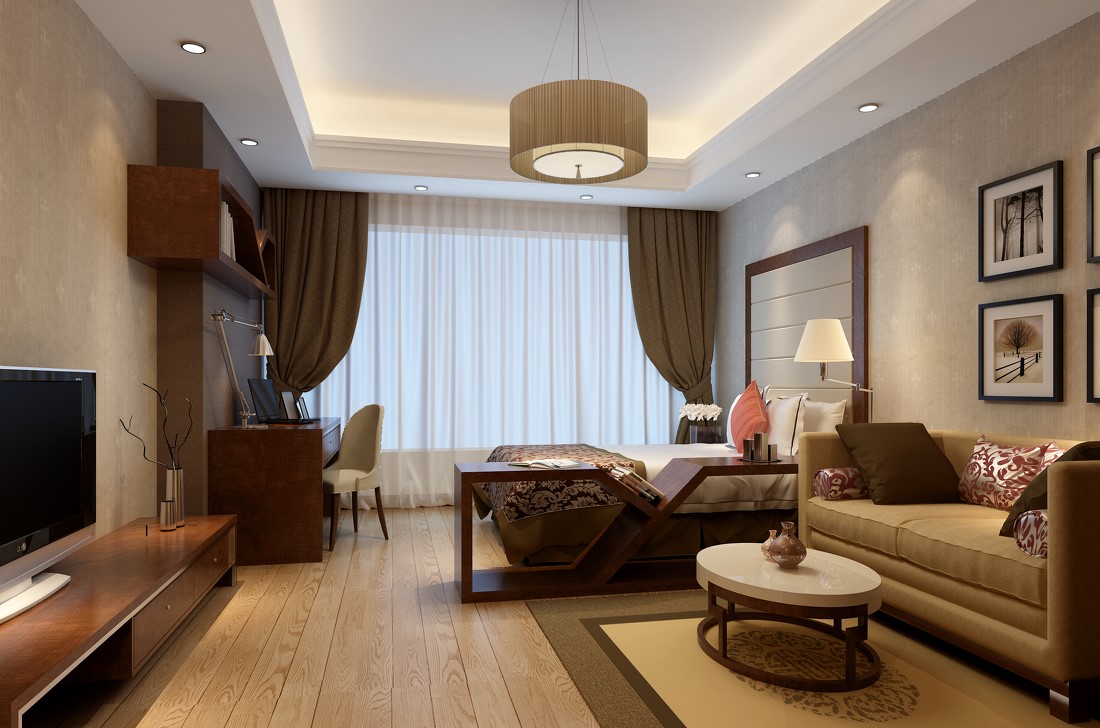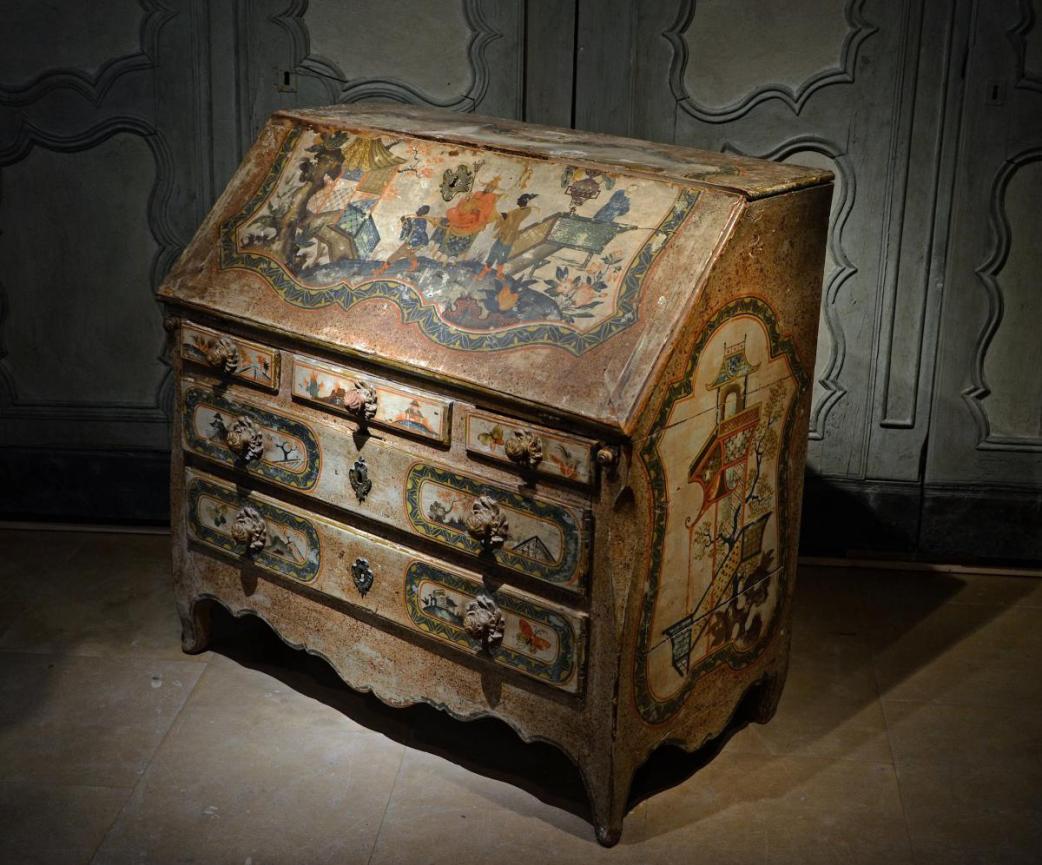By Emma Marler
Beijing’s architectural landscape has changed immensely in the past few decades. It has become a modern and vibrating city, welcoming dwellers from all over the world. The new shiny skyscrapers dominate the scene, making it difficult to imagine how it used to look like before.

The city centre of Beijing was a maze of hutong (胡同). Hutongs are narrow lanes, typical of the old residential areas. They connect one-storey buildings called siheyuan (四合院), enclosed homes with one or more courtyards where often more than one family lived. As the population grew exponentially, the one-storey siheyuan homes were gradually abandoned for more modern flats in new areas of the city. Many of these historic alleyways were demolished in a rush to modernity in the 1990s, which makes the few ones that remain intact even more special!

Life in a Siheyuan (四合院)
If you wander around these hutong alleyways, you might be lucky enough to get a peek inside through a red door and get an idea of the structure of siheyuan houses.

The key feature of this kind of architecture is the courtyard. The building on the northern side was reserved for the head of the family, because it received more sunlight. The southern part of the courtyard had the least amount of natural light and was therefore left to the servants. The eastern and western buildings were inhabited by children or less important family members.
Depending on the size and the wealth of the family, these homes could have from one to five courtyards. The construction of a siheyuan had to take into account Feng Shui rules, according to traditional Chinese geomancy. Enclosed homes are to be preferred because they “hide winds and gather Qi”, Qi being positive energy. The position of the house gate is also very important in Feng Shui theory, since a gate is where Qi passes through. The best location for it is at the south-eastern corner.

So how was it like living in one of the courtyard houses in the hutong alleyways? If you’re curious to discover more about the dynamics of several families living in a siheyuan, contemporary Chinese writer Lao She 老舍 wrote a novel called “Four Generations under One Roof” (四世同堂 ) that describes exactly that.
Modernising Hutongs
Following China’s rapid development, people’s lifestyle changed immensely. Many Beijingers were not comfortable living in old siheyuan homes anymore. Most of them had shared bathrooms and the electrical systems that were installed 30 years ago were not suitable for all the technological appliances we use today. The privacy and convenience of a modern flat was very appealing for most, but not for everyone!
Some of the old courtyard homes were modernised by top notch architects. In most cases the core structure is still intact, and the courtyard is still the central feature of the renovation. For example in the project ‘Twisting Courtyard’, the designers played with the classic hutong colour, i.e. grey, and combined it with white. By adding some white stones in the grey courtyard, they created a continuity between inside and out, perfect for letting the Qi flow around the space!

A different style was adopted for the project ‘Micro Hutong’. The challenge was to use the very tight space effectively to create enough rooms for social housing purposes.

All the rooms face the courtyard, which is a semi-public space that can be also used by the neighbouring community.

The architercture firm that designed ‘Micro Hutong’, ZAO/standardarchitecture, was also involved in another project not far away from Tiananmen square. In collaboration with the families that lived in the courtyard house, the architects came up with several solutions to strengthen the sense of community and preserve the beautiful siheyuan. Children of the neighbourhood now have access to a small library and an art space in the courtyard.

Grey-brick stairs lead to the roof, adding a new vertical dimension to the classic one-storey house.

The last renovation we want to show you is definitely the most creative, maybe even a bit crazy! Hutong Bubble 218 features metallic ‘bubbles’ on the rooftop of a renovated courtyard house. The structure dates back to the Qing dynasty, it was first a hospital and then a residence for over 20 families. The degradation was evident, just take a look at the before and after pictures.

The history of the building inspired the architects to enhance the dialogue between old and new with their metal works of art. The shiny surface reflects the old roof tiles and the neighbouring homes. The concept of bubble conveys the idea of a dream, a happy moment.

These renovations are all inspiring examples of how old and new can coexist in a harmonious way. In most cases traditional materials were used, namely grey bricks and wood, to preserve the ancient feel of hutongs.


Renovating old buildings is always difficult and controversial, especially when they are a distinctive feature of a place. In the case of homes, it is important to find the right mix between preserving some old elements while adapting it to accommodate contemporary lifestyle. Hutongs are one of the few things left of old Beijing. Urbanisation and development have drastically transformed the city’s feel. As the city changes so do hutongs. Renovating and modernising is the best way to keep alive the history of hutongs and the unique sense of community that takes place in those beautiful courtyards.
About Interact China
“A Social Enterprise in E-commerce Promoting Oriental Aesthetic Worldwide!”
Aileen & Norman co-founded Interact China in 2004 with specialization in fine Oriental Aesthetic products handmade by ethnic minorities & Han Chinese. Having direct partnerships with artisans, designers, craft masters and tailors, along with 13 years of solid experience in e-commerce via InteractChina.com, we are well positioned to bridge talented artisans in the East with the rest of the world, and directly bring you finely selected products that are of good quality and aesthetic taste.
So far we carry 3000+ goods covering Ladies Fashion via ChineseFashionStyle.com, Kungfu Fashion, Home Furnishings, Babies & Kids, Painting Arts, Textile Arts, Carving Arts, Tribal Jewelry Art, Wall Masks and Musical Instruments. Our team speak English, French, German, Spanish and Italian, and serve customers worldwide with passion and hearts.
P.S. We Need People with Similar Passion to Join Our Blogging Team!
If you have passion to write about Oriental Aesthetic in Fashion, Home Decor, Art & Crafts, Culture, Music, Books, and Charity, please contact us at bloggers@interactchina.com, we would love to hear from you!






















































